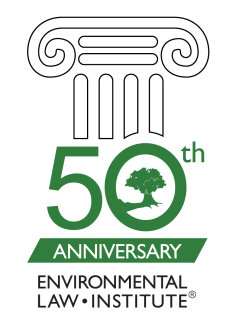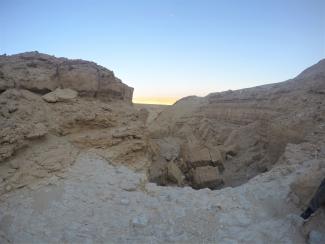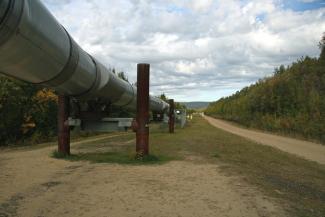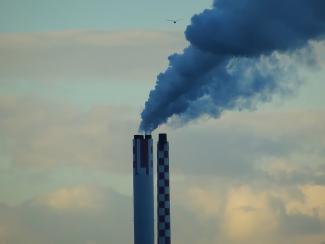Cooperative Federalism 2.0: Rethinking the Federal-State Relationship

In 2017, former EPA Administrator Scott Pruitt outlined a series of environmental priorities in his “Back-to-Basics Agenda.” Among them was delegating more responsibility to state governments—a call that evoked over 40 years of “tug of war” between state and federal authority over environmental regulation. This question of the proper distribution of power in environmental policy—referred to as federalism—first became salient in the early 1970s with the creation of the U.S. Environmental Protection Agency (EPA) and the crystallization of the federal government’s role in environmental issues.








